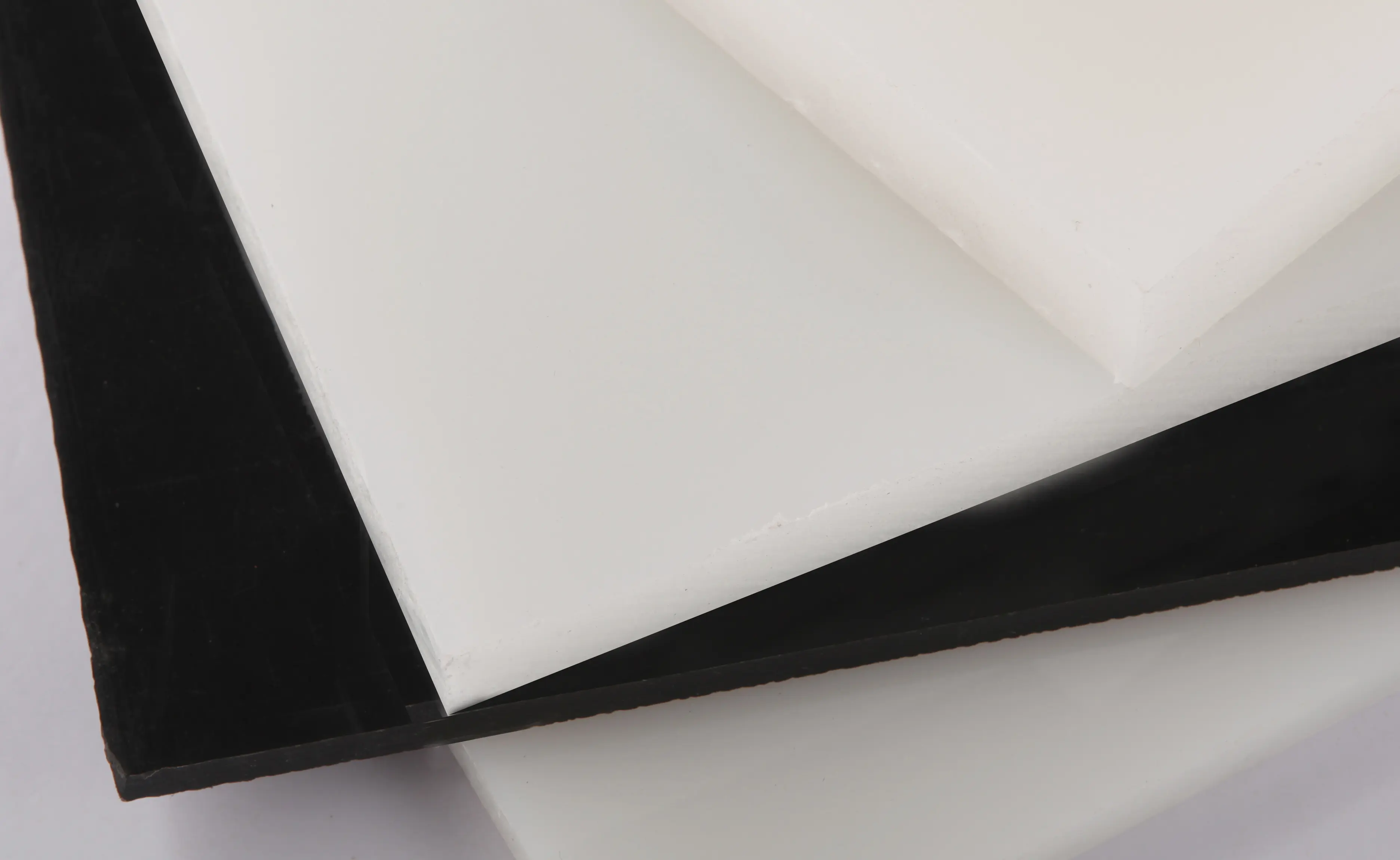Set . 07, 2024 00:38 Back to list
Professional Pipe Fitting Solutions for Industrial and Commercial Needs
Understanding Pipe Fittings An Essential Component in Plumbing
Pipe fittings are crucial components in plumbing systems, essential for connecting, terminating, and changing the direction of pipelines. They play a vital role in the efficiency and functionality of the piping infrastructure, whether in residential, commercial, or industrial settings. This article aims to explore the various types of pipe fittings, their materials, and their applications.
Types of Pipe Fittings
Pipe fittings come in numerous shapes and sizes, each designed for specific tasks. The most common types include
1. Elbows Used to change the direction of a pipeline, elbows come in various angles, with 90 and 45 degrees being the most prevalent. 2. Tees Shaped like the letter T, these fittings allow for branching off from a main line, creating two paths from one source. 3. Reducers These fittings are utilized to connect pipes of different diameters, facilitating a smooth transition and maintaining appropriate flow rates. 4. Couplings Used to join two sections of pipe together, couplings can be either threaded or slip types. 5. Caps and Plugs Caps cover the end of a pipe, while plugs are inserted into the pipe to seal it. They are essential for termination points in a system.
Materials Used in Pipe Fittings
pipe fitting

The choice of material for pipe fittings is critical, as it affects durability, corrosion resistance, and overall performance. Common materials include
- PVC (Polyvinyl Chloride) Lightweight and resistant to corrosion, PVC fittings are typically used in residential plumbing and drainage systems. - CPVC (Chlorinated Polyvinyl Chloride) Similar to PVC, CPVC can withstand higher temperatures, making it suitable for hot water applications. - Copper Renowned for its durability and anti-corrosive properties, copper fittings are frequently utilized in both residential and commercial plumbing systems. - Steel Galvanized or stainless steel fittings are chosen for their strength and are commonly used in industrial applications where high pressure is involved.
Applications of Pipe Fittings
The applications of pipe fittings are vast. In residential settings, they ensure efficient water supply and drainage, contributing to sanitation and plumbing comfort. In commercial and industrial environments, pipe fittings facilitate the transport of various substances, from water and gas to chemicals and oil, highlighting their critical role in maintaining operational efficiency.
In conclusion, understanding pipe fittings is essential for anyone involved in plumbing or related fields. Their proper selection and installation can significantly affect the performance and longevity of a piping system. Whether for residential or industrial use, pipe fittings ensure that pipelines function seamlessly, promoting safety and efficiency in fluid dynamics. As technology advances, the development of new materials and designs continues to enhance the capabilities and applications of pipe fittings, making them an indispensable part of modern infrastructure.
-
High-Precision PVC Rigid Sheets for Vacuum Forming | AI-Optimized
NewsAug.05,2025
-
Durable PVC-M Water Supply Pipes | 60-Year Life
NewsAug.04,2025
-
Premium HDPE Water Supply Pipes: Durable & Leak-Proof
NewsAug.03,2025
-
Premium PVC-M Water Supply Pipe - Durable & Efficient
NewsAug.02,2025
-
HDPE Drainage & Irrigation Pipe - Durable, Efficient Solutions
NewsAug.01,2025
-
Premium PVC Transparent Pipe: Durable & Clear Solutions
NewsJul.31,2025

